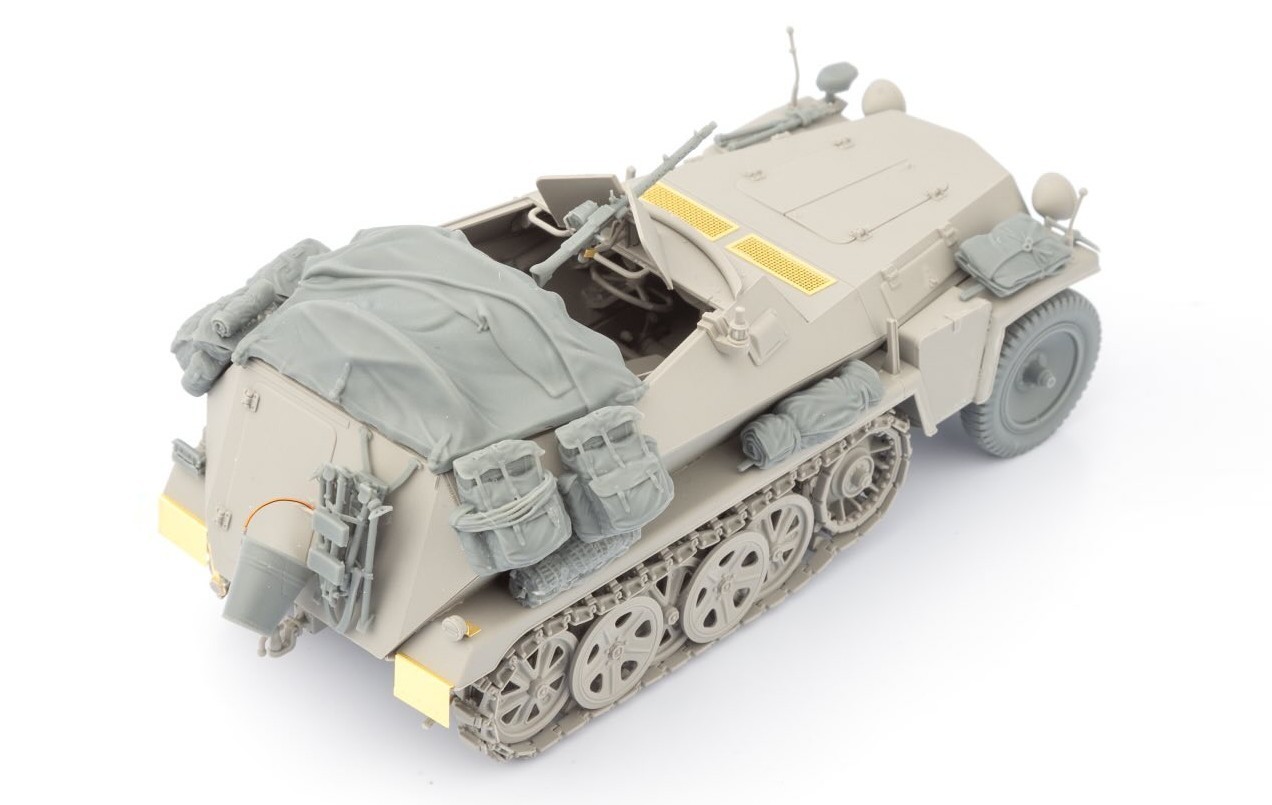
This illustrated study assesses the British Crusader and the Italian M13/40, two medium tanks that played crucial roles in World War II's Desert War.
Making its combat debut in North Africa during December 1940, Italy's M13/40 medium tank was armed with a 47mm main gun. Its British opposite number, the Crusader I, was armed with a 2-pdr (40mm) main gun; it entered the fighting in June 1941. While the M13/40 could fire armour-piercing rounds but also high-explosive ammunition against infantry and towed-gun targets, the Crusader could only fire armour-piercing ammunition. In this book, David Greentree charts the evolution of these two tanks as the Desert War raged on.
While the Crusader III, making its debut at the Second Battle of El Alamein in October 1942, was armed with the much more effective 6-pdr (57mm), the M13/40 could not be upgunned or uparmoured; new types such as the US-built M3 Grant tipped the balance in favour of the British. Joined in the front line by the similar M14/41, the M13/40 soldiered on; as the M4 Sherman also entered British service, the Italian tanks were largely wiped out as the Axis forces retreated from Egypt.
Featuring all-new full-colour artwork, archive photographs and expert analysis, this engaging study assess the origins, development and combat effectiveness of these two mainstays of the Desert War during 1941–42.

This illustrated study pits the Kaiser's troops against their British opponents during the climactic year of 1918 on the Western Front.
Launched on 21 March 1918, the Spring Offensive saw Germany use veteran, highly trained assault troops and innovative assault tactics to encircle and outflank the British and Empire forces manning the front line, hoping to force the French to seek terms and hand victory to Germany. After this attempt stalled, the Allied armies mounted a series of offensives during the so-called 'Hundred Days', actions that pushed the Kaiser's forces back and prompted the demoralized German High Command to sue for peace.
In this book, Stephen Bull shows how the British Army on the Western Front fared as it survived the Spring Offensive and then went on the attack during the Hundred Days. While the picked units spearheading the German offensive were well-trained and -armed but short of supplies, the regular divisions following in their wake would prove much less resolute. The fighting would see both sides' forces tested to the limit and beyond, as initial German progress gave way to stalemate and the Allies then took the offensive, driving the Germans back.
Featuring specially commissioned artwork and mapping, carefully chosen archive photos and expert analysis and commentary, this study assesses the fighting men on both sides during the climactic months of fighting on the Western Front in 1918.



























